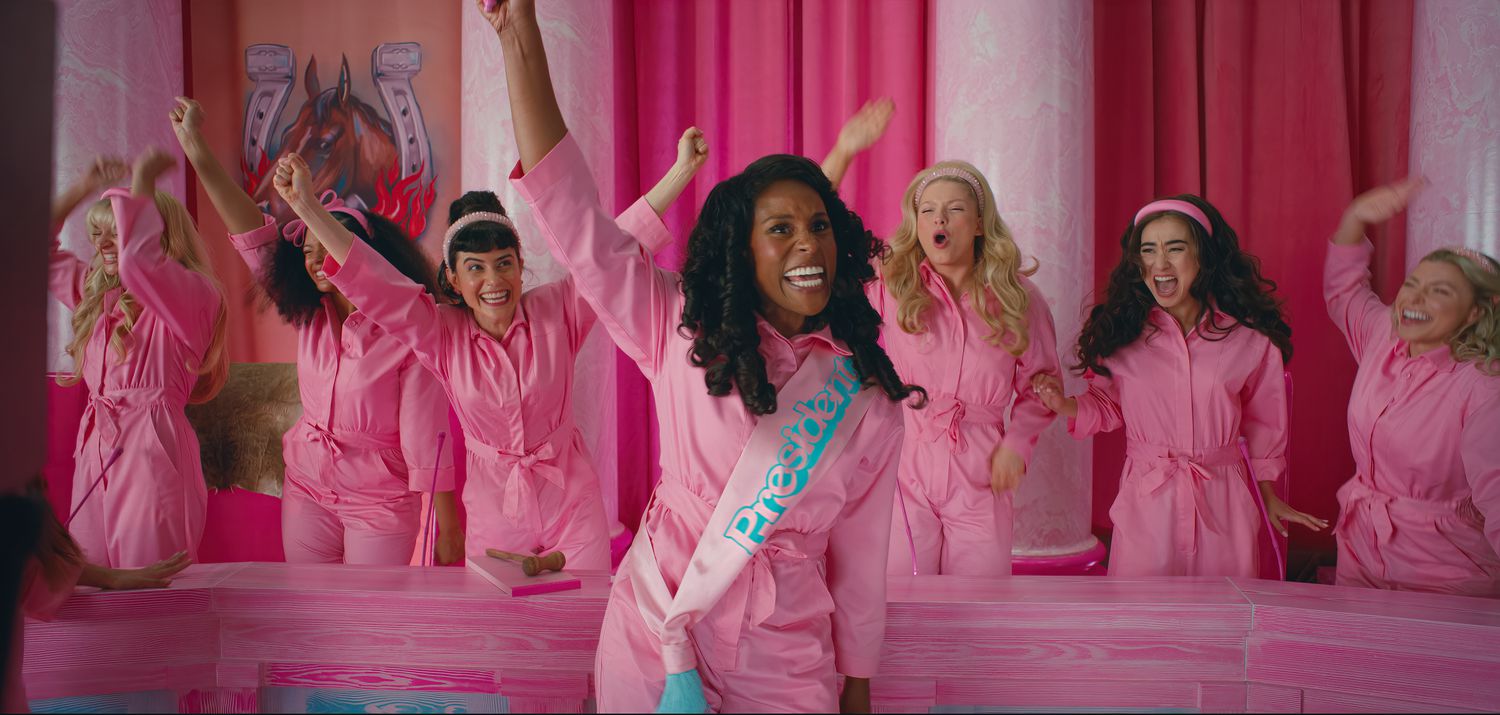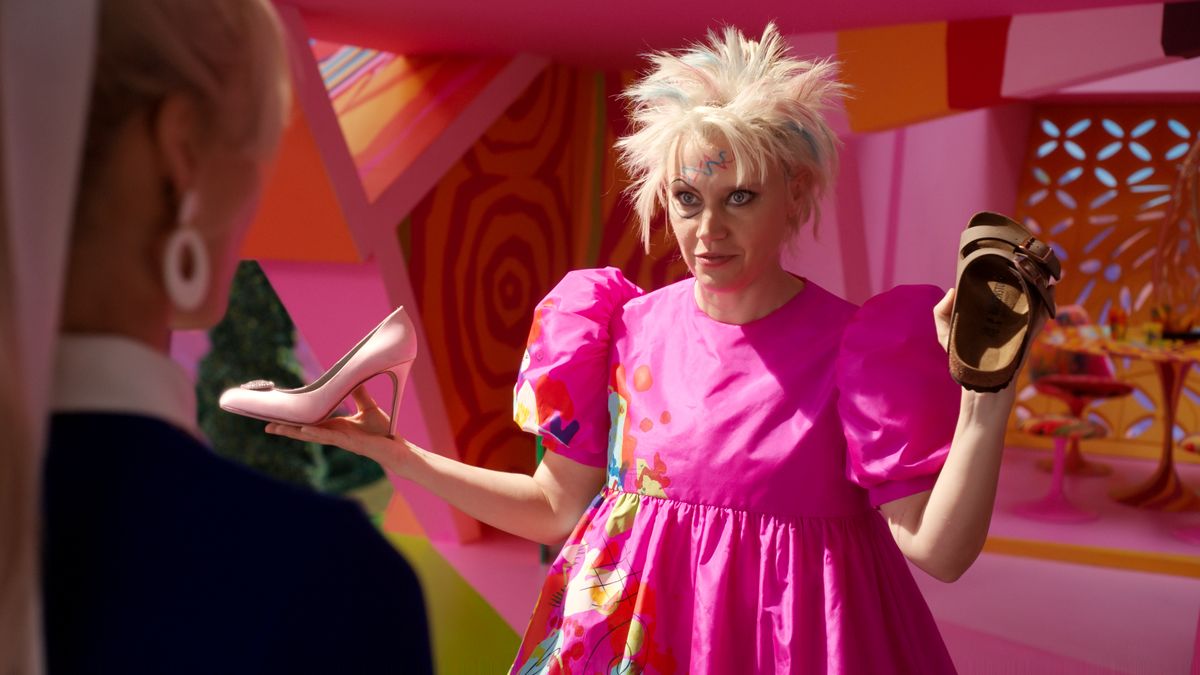The much-anticipated Barbie movie has finally hit the screens, eliciting mixed reactions from women around the world. As a feminist, I acknowledge the film’s efforts to celebrate inclusivity and empower young girls to dream big.

Barbie and its celebration of hyperfemininity is an attempt to portray feminist themes are commendable steps in the right direction. However, I cannot help but feel that Barbie missed the opportunity to become a truly groundbreaking feminist icon by shying away from a more profound exploration of feminism.
In the film, the titular character embarks on a journey that reveals a hard-hitting truth. Being a woman in the real world comes with its share of discomfort and challenges. Barbie finds herself navigating the expectations placed upon her, both by the world around her and, perhaps more importantly, by herself.
The film captures the internal struggle that many women face in balancing societal expectations with their own desires and aspirations. Barbie’s journey becomes a mirror for countless women who have experienced the discomfort of trying to fit into predetermined roles, wrestling with the fear of not being enough, and striving to break free from the constraints imposed upon them.
However, the film treated womanhood as an overarching group. It didn’t delve into those specific conversations about how the experience differs for non-white women or fat women or disabled women. Greta did an excellent job at casting diversity, but didn’t actually showcase diverse experiences.
5th Wave Feminism
The film’s portrayal of the mother-daughter relationship was mild and lacking significant conflict or exploration of their challenges. The movie is supposedly about this mother and daughter mending their relationship, yet the moment the pair arrive in Barbieland, all is well because of their coordinating pink outfits. They seriously missed the mark on this one. It could have really delved deeper into female relationships but instead they chose a surface level approach that was easy to consume.
While the film aims to address discomfort and emotional struggles that come with being human, it could have incorporated real-life challenges that women face. Portraying how Barbie overcomes actual barriers in the real world would have added depth and authenticity to the story. I believe that more of the plot should have been set in the real world. Where Barbie overcomes or at least acknowledges issues like gender bias, discrimination, or societal expectations.
Despite its flaws, Barbie remains a significant cultural moment, and its portrayal of hyperfemininity and feminism together reflects a growing movement of so-called bimbo feminism. This cultural shift celebrates femininity on its own terms while embracing feminist politics and rejecting binary stereotypes.
The rise of “bimbo feminism” and hyperfeminine creators on platforms like TikTok has created a cultural moment ready to embrace hyperfemininity and feminism simultaneously. The movie’s portrayal of Barbie’s hyperfemininity makes her a fitting mascot for this movement.
Misogynistic responses to the Barbie movie
The backlash from conservative media figures highlights the continued resistance to feminist messages in mainstream media. While the movie’s positive reception among feminist audiences is a step forward, it also shows that we still have a long way to go in dismantling deeply ingrained patriarchal norms.
Conservative political commentator Ben Shapiro dedicated two hours to critiquing this movie. His most memorable argument being that Trans Barbie, played by Hari Nef should not have been treated like a women. Especially considering that Hari’s voice is “deeper than my own”. Not quite the argument he thought it was. This isn’t even a critique of the movie, just plain transphobia.
Another big conservative voice in this debate is British broadcaster for the sun, Piers Morgan. Stating that “If I made a movie that treated women the way Barbie treats men, feminists would want me executed”.
It’s as if thats not every movie ever. Ken is never in any danger, he just exists to make Barbie look good. That was essentially Margot Robbie’s entire character in The Wolf of Wall Street. One of her most well known roles. Female characters have existed to be side pieces to enhance the lead male characters for decades. Only now is anyone uncomfortable because with it because we’ve switched the roles.

The Ken Movie
The first 15 minutes is dedicated to Barbie like we’d all expect, before Ken then inserts himself into the situation. From there on, the movie becomes about the Kens and their mission to find themselves, before finally getting back to Barbie.
One aspect that struck me was how men perceived the movie as man-hating. But it turned out to be surprisingly kind to men. In the matriarchal world of Barbieland, the Kens are simply ignored. Whereas in a classic patriarchal structure like our own, women are subject to abuse, prejudice and sexism daily.
However, once the Kens discover patriarchy and flip the roles, the Barbies go from independent strong women, to subservient slaves to the Kens. Even at their most antagonistic, the male characters, including Ken and the board of Mattel, are portrayed as misguided rather than villainous.
Final thoughts
In a movie titled BARBIE, Ken gets a whole arc about his self discovery, and Barbie even spends the post climactic scene comforting him about finding himself.
This movie was almost TOO generous to men. I was expecting far more emphasis on Barbie’s journey and empowerment, but it seemed like Ken’s development took centre stage.
I’ve heard reports of many women crying during the movie, but I’m not sure I understand why. Asides from the happy ending, the notions of this film didn’t feel cry-worthy to me. Certainly not sad cry inducing at least.
Instead they almost feel comedic as to how basic and common all the themes were. But I must admit, it at least made the film accessible to those less aware of our patriarchal society.
Nevertheless, this film, with its strengths and weaknesses, marks a potential stepping stone toward more nuanced and impactful feminist portrayals in mainstream media, as society continues its journey toward greater gender equality.
Subscribe to FIB’s Weekly Breaking News Report for your weekly dose of music, fashion and pop culture news!







